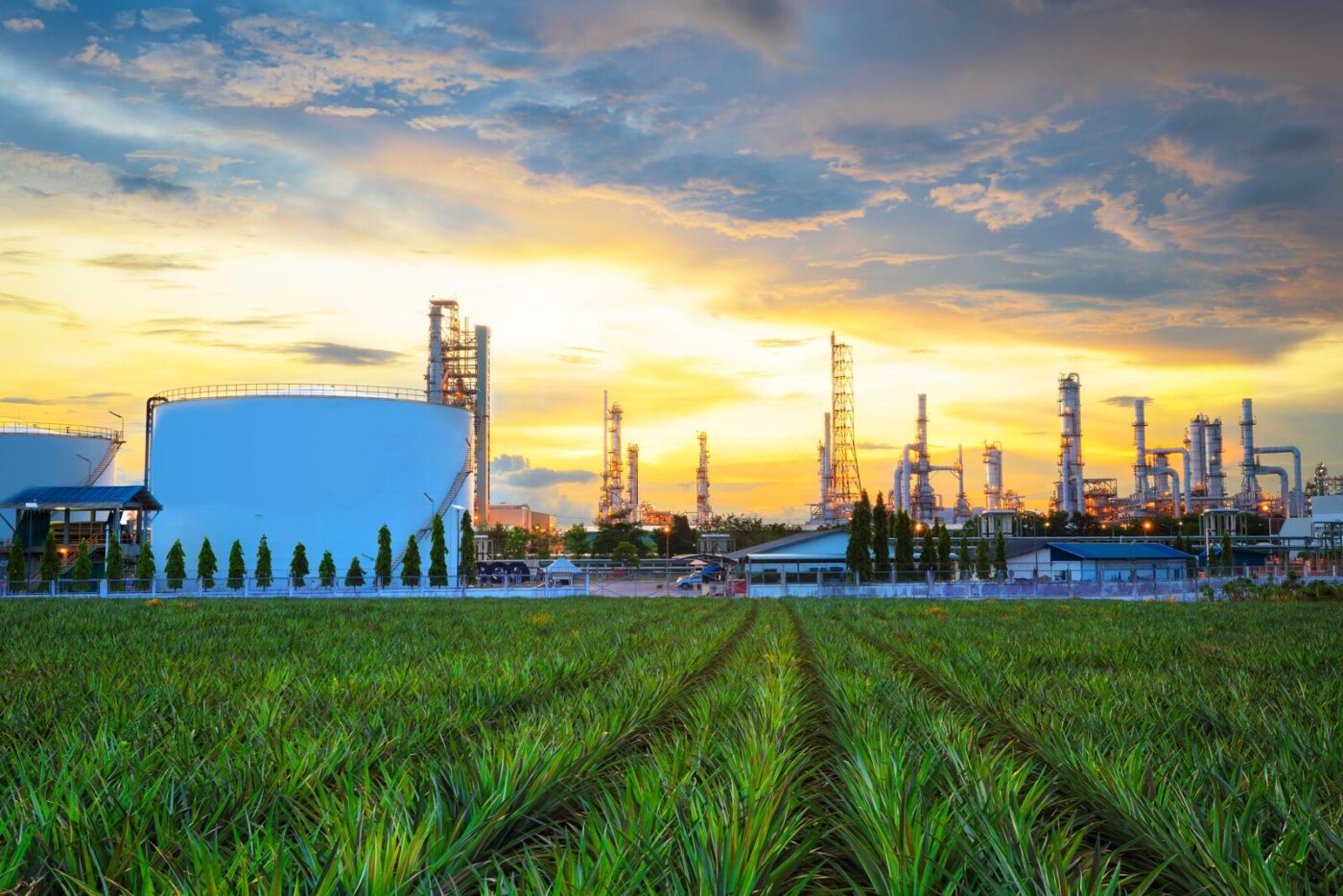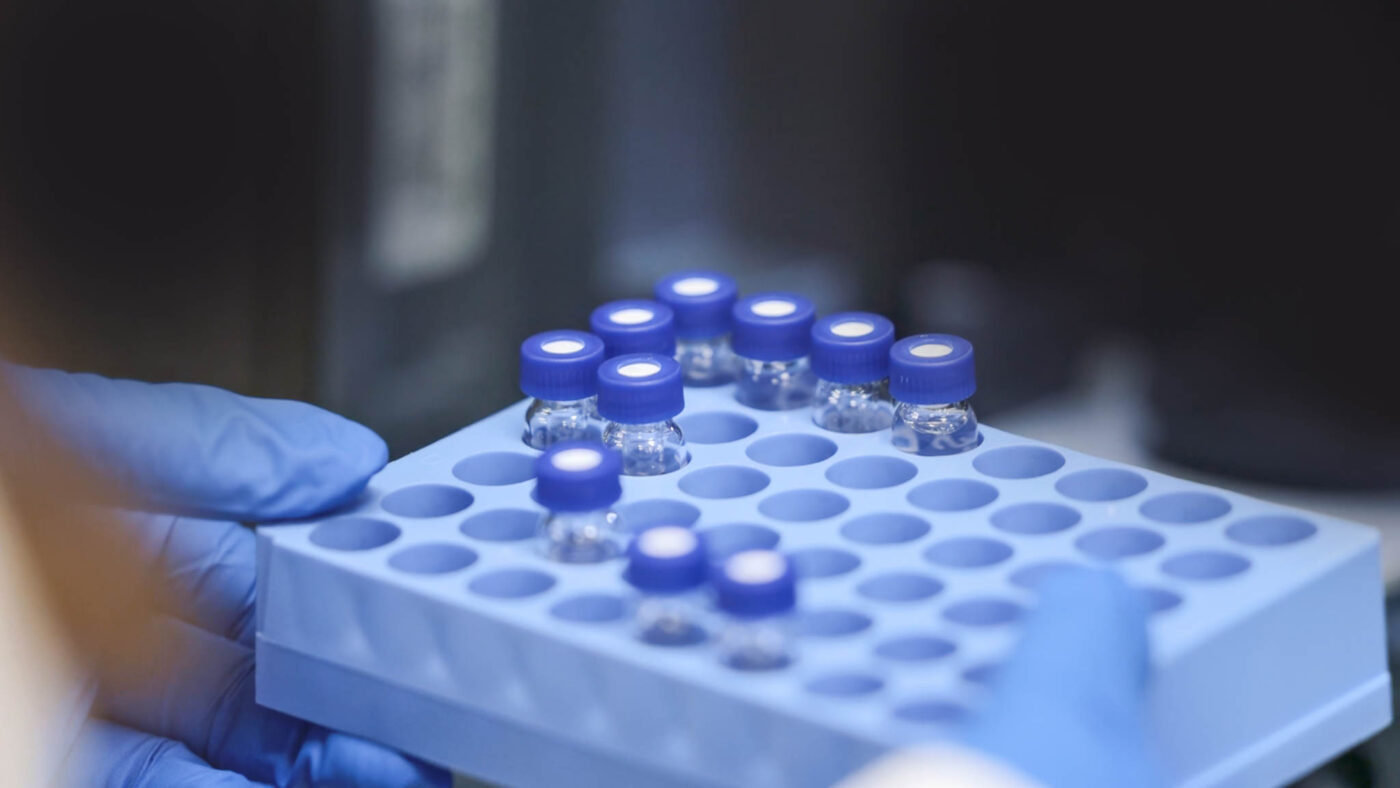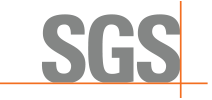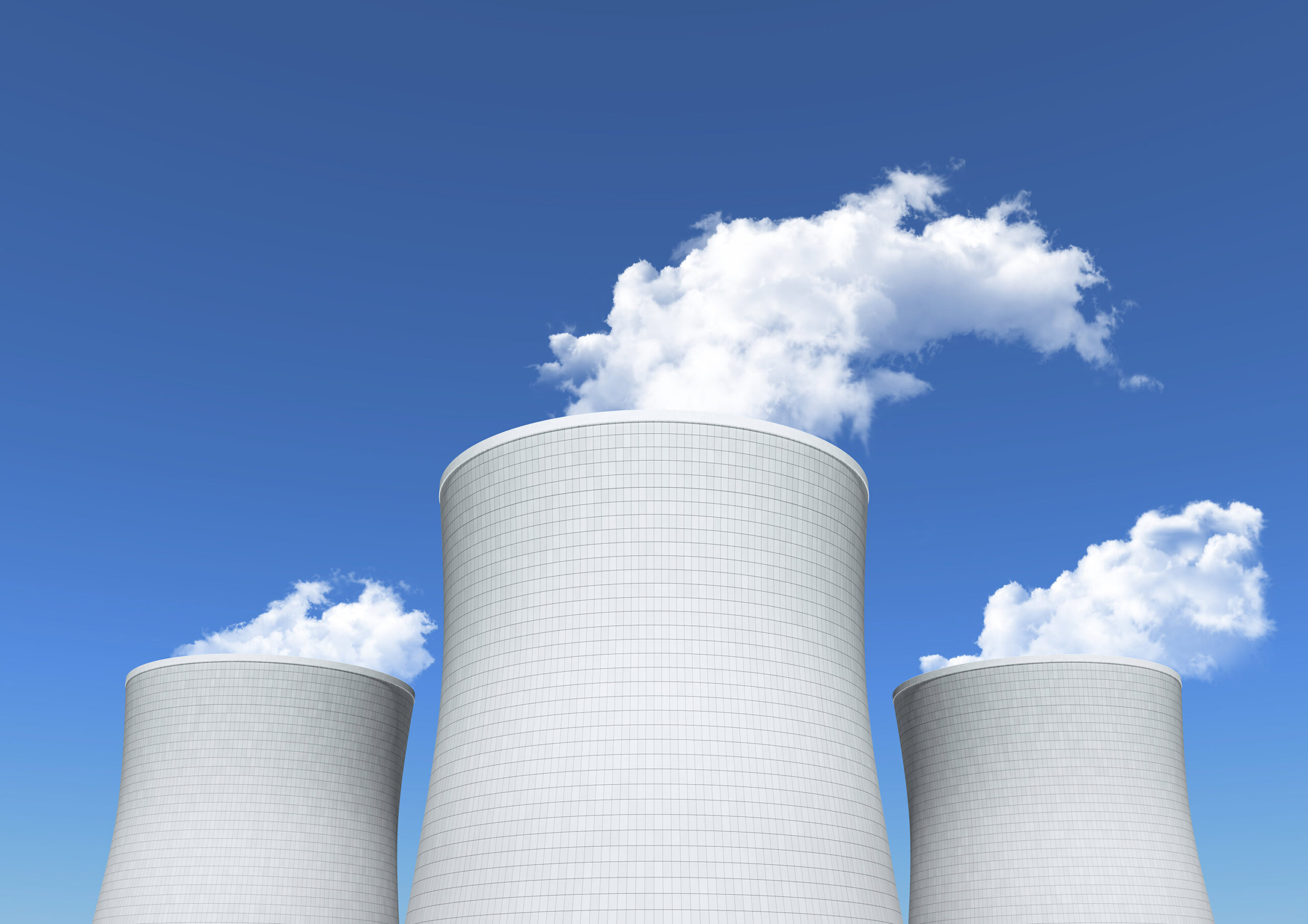Stationary Source Analysis
The emissions of persistent organic pollutants from factories, incinerators, and other stack emissions systems are a significant issue. These emissions are highly regulated under the Clean Air Act and need ultratrace specialty measurements of dioxins, furans, PCBs, PAHs and more.
These measurements are performed with high-resolution mass spectrometry to meet the low reporting limits and require specialized sampling trains and complex sampling media.
SGS Stack Testing
Stack emissions testing requirements typically come from:
- Cement kilns
- Diesel-fired boilers
- Hazardous waste incinerators
- Medical waste incinerators
- Municipal waste combustors
- Secondary aluminum smelters
- Oil-fired boilers
- Waste-to-energy plants
- Wood-fired boilers
Additional services
Rounding out our specialty services in stack emissions testing, we also offer support for very low-level ambient air measurement using Filter, PUF, PUF/XAD2 sandwich samplers for dioxins, furans, PCBs and PAHs

SGS has an established reputation in performing difficult ultra-trace level analyses reliably for pulp and paper, air toxics consulting for waste, Architecture & Engineering, and other industrial firms.
Our expertise lies in the analysis of dioxins/furans (PCDD/Fs), polycyclic aromatic hydrocarbons (PAHs), and polychlorinated biphenyls (PCBs) by EPA Method 23. This method was extensively updated in 2023 with requirements that increased the complexity of the test. SGS was one of the first labs to transition successfully to the new M23 and has now accumulated significant experience with the new method.
Contact SGSWhy SGS for Stack Testing?
- Capacity: High capacity of > 10 GC-HRMS systems at our air specialty lab
- Expertise: Our unique and highly experienced group of analytical and organic mass spectrometry specialists. This strength in experience has enabled SGS to provide project/client specific method development and technical consulting unsurpassed in the industry. SGS staff have provided guidance to the government agencies responsible in the development of USEPA Methods 8290, 23, 0023A, T09A, 1613 and California Air Resources Board (CARB) Methods 428 and 429
- Experience: We actively participated in inter-laboratory round-robin studies and certification programs such as the USEPA (ITD) study of PCDD/PCDFs in effluents; Radian Corporation study of PCDD/PCDFs in soils; Environment Canada studies on Dioxin precursors DBD & DBF, PCDD/PCDFs in air, PCDD/PCDFs in pulp and paper; Cambridge Isotopes Lab (CIL) study on Coplanar PCBs and PCDD/PCDFs in fish; the National Council for Air and Stream Improvement (NCASI) lab certification program study and the NCASIUSEPA variability study on PCDD/PCDFs in pulp and paper


